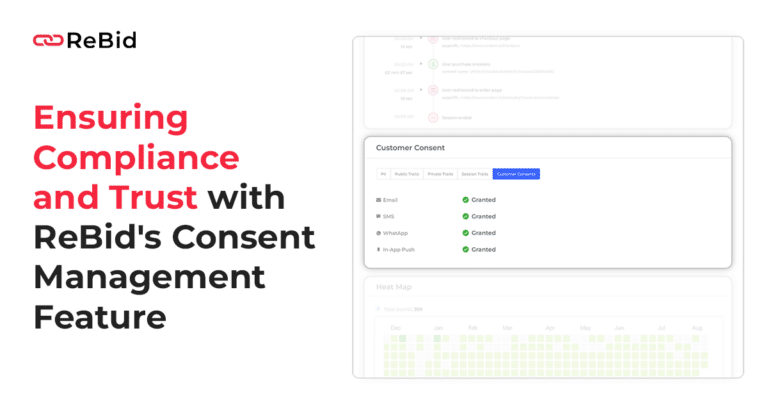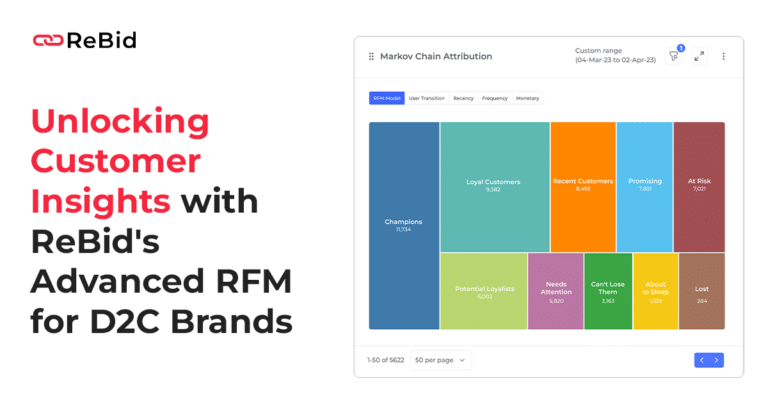In today’s digital landscape, advertising has transcended traditional methods and evolved into a realm where data reigns supreme. Advertisers and marketers no longer rely solely on intuition; instead, they harness the power of data to craft precise, personalized campaigns that resonate with their target audiences.
However, this transition towards data-driven advertising presents its own set of challenges, with one of the key hurdles being data integration and unification within advertising data platforms.
The following points outline why brands have identified ReBid`s ADP as a go-to platform:
Understanding Data Integration and Unification:
Data integration refers to the process of combining data from disparate sources to provide a comprehensive view of an entity, in this case, advertising campaigns. The goal is to merge information from various channels, touchpoints, and platforms to gain insights that are otherwise hidden when analyzed separately. Data unification, on the other hand, focuses on aligning data structures, formats, and metrics to create a harmonized dataset that can be used for analysis and decision-making.
Challenges in Data Integration:
Data Silos: Different departments within an organization may collect and store data independently, leading to data silos that hinder a holistic view of campaigns.
Diverse Data Sources: Advertising data originates from a multitude of sources, including social media, email marketing, website analytics, and more. Integrating this data seamlessly can be complex.
This is where ReBid steps in as a game-changer. By automating the integration process, ReBid simplifies what once seemed intricate. With ReBid in the picture, data integration becomes a practically effortless endeavor, empowering marketers to focus on insights, strategies, and campaigns that truly resonate.
Inconsistent Data Formats: Data can arrive in various formats, making it challenging to standardize and unify for analysis.
This is precisely where ReBid’s Advanced Dashboard, a favored feature among brands, becomes invaluable. From tailored metrics to comparing benchmarks, this metrics dashboard equips marketers with actionable insights crucial for refining strategies and optimizing media planning.
Data Quality: Ensuring data accuracy and reliability is vital; otherwise, incorrect insights could lead to misguided decisions.
Benefits of Data Integration and Unification:
Comprehensive Insights: Integrating diverse data sources provides a comprehensive understanding of how various channels interact and influence each other.
Accurate Analysis: Unified data ensures consistent metrics and standards, eliminating discrepancies that may arise from using different data sources.
Enhanced Targeting: Unified data allows for more accurate audience segmentation, enabling marketers to deliver hyper-targeted ads.
Optimized Campaigns: Insights from integrated data help refine ad strategies, reallocating resources to the most effective channels and approaches.
Real-time Decision-making: Unified data enables real-time analysis, allowing marketers to adapt campaigns on the fly based on current performance.
ReBid’s dynamic live dashboards simplify the process for businesses to swiftly identify crucial success factors and allocate budgets strategically across optimal platforms, channels, and campaigns. By offering real-time data visibility and centralized tracking of essential metrics, these dashboards empower businesses to make informed choices and distribute resources effectively. Whether the goal is campaign optimization, ROI measurement, or long-term performance tracking, ReBid’s advanced dashboard provides a comprehensive toolkit for achieving success.
Strategies for Successful Data Integration and Unification:
Select the Right Tools: Choose data integration platforms that align with your specific needs and can handle the variety of data sources you work with.
Establish Data Governance: Set clear standards for data collection, storage, and usage to ensure consistency and accuracy.
Data Mapping: Map data attributes across sources to create a common language for analysis.
Regular Data Cleansing: Routinely clean and update data to maintain its quality and reliability.
Invest in Training: Train your team on data integration techniques and best practices to maximize the potential of your data.
Conclusion
data integration and unification are paramount in the modern advertising landscape. By overcoming challenges and harnessing the benefits of integrated data, advertisers can gain valuable insights that drive smarter, more effective campaigns. As technology advances and data platforms evolve, mastering the art of data integration becomes a competitive advantage that separates successful campaigns from the rest.





